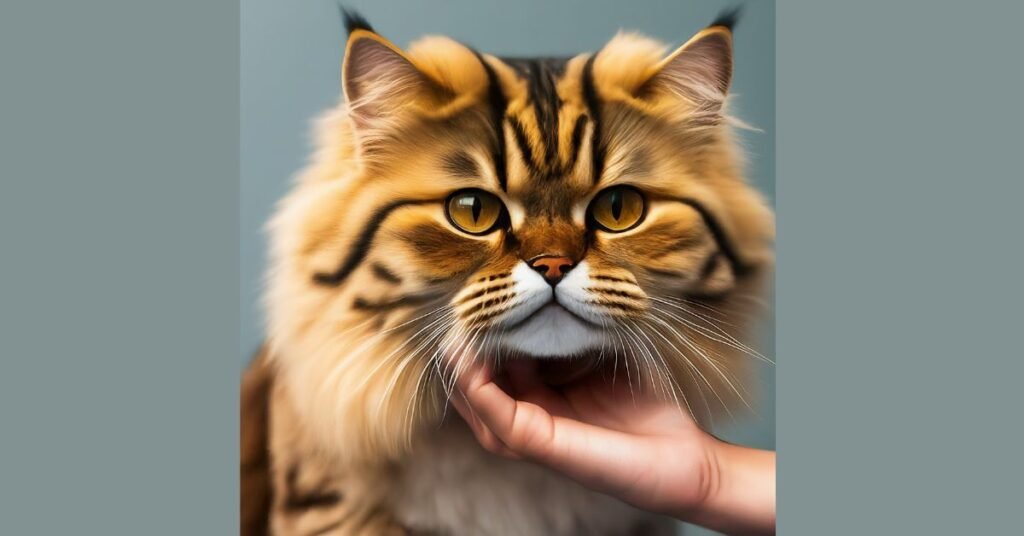Cats are renowned for their meticulous self-grooming habits. Their rough tongues act like natural combs, removing dirt and loose fur. However, even the most dedicated feline self-cleaner can benefit from a helping hand from their human companion. Regular brushing isn’t just about achieving a sleek, show-stopping coat; it’s a crucial component of your cat’s overall health and well-being.
This post will delve into the many benefits of cat grooming, revealing how a few minutes of brushing each day can transform your furry friend’s life. From a dazzling coat to a healthier, happier cat, here’s why brushing is the purrfect way to show your feline friend some love.
Beyond Beauty: The Hidden Health Benefits of Brushing
While a shiny coat is a delightful reward for regular brushing, the true benefits lie beneath the surface. Brushing offers a range of health advantages for your cat, including:
- Reduced Hairballs: Cats ingest a significant amount of fur during self-grooming. Regular brushing helps remove loose fur before it gets swallowed, minimizing the formation of uncomfortable hairballs. This not only reduces coughing and digestive issues for your cat but also saves you from the unpleasant chore of cleaning up hairballs.
- Improved Skin Health: Brushing stimulates blood circulation, promoting healthy skin cell turnover. This helps keep your cat’s skin free from dirt, debris, and allergens that can lead to irritation and infection. Regular brushing also allows you to detect any skin problems like fleas, ticks, or wounds early on, enabling prompt treatment.
- Stress Reduction: The act of gentle brushing can be a calming and bonding experience for both you and your cat. The rhythmic strokes can have a soothing effect, reducing stress and anxiety in your feline companion. Brushing also provides an opportunity to strengthen the bond between you and your cat, building trust and affection.
- Pain Prevention: Longhaired cats are particularly susceptible to matted fur. Mats can be painful for your cat, pulling on their skin and causing irritation. Regular brushing prevents mats from forming, keeping your cat comfortable and happy.
Brushing Basics: Making Grooming a Positive Experience
The key to successful cat grooming is making the experience positive for both of you. Here are some tips to ensure brushing becomes a cherished part of your daily routine:
- Start Early: Introduce your cat to grooming from a young age. Use a soft brush and gentle strokes, rewarding your cat with praise and treats for positive behavior.
- Choose the Right Tools: Invest in a brush specifically designed for your cat’s fur type. Short-haired cats benefit from a slicker brush, while longhaired cats may require a combination of brushes and combs.
- Keep it Short and Sweet: Limit grooming sessions to 5-10 minutes to avoid overwhelming your cat. Focus on areas where they struggle to groom themselves, such as the back, belly, and behind the ears.
- End on a High Note: Finish each grooming session with positive reinforcement, like a treat or a cuddle. This will help your cat associate brushing with a pleasant experience.
Frequently Asked Questions (FAQs)
How often should I brush my cat?
The frequency depends on your cat’s fur length. Short-haired cats typically require brushing 2-3 times per week, while longhaired cats may need daily brushing.
What should I do if my cat hates being brushed?
Be patient and gentle. Start with short sessions and gradually increase the duration as your cat becomes more comfortable. Use positive reinforcement with treats and praise.
Do I need to bathe my cat?
Cats are generally excellent self-groomers and don’t require frequent baths. However, occasional baths may be necessary for certain breeds of cats with skin conditions. Consult your veterinarian for advice on bathing your cat.
What are the signs of a skin issue in my cat?
Signs of skin problems include excessive scratching, redness, scabbing, and hair loss. If you notice any of these symptoms, consult your veterinarian.

